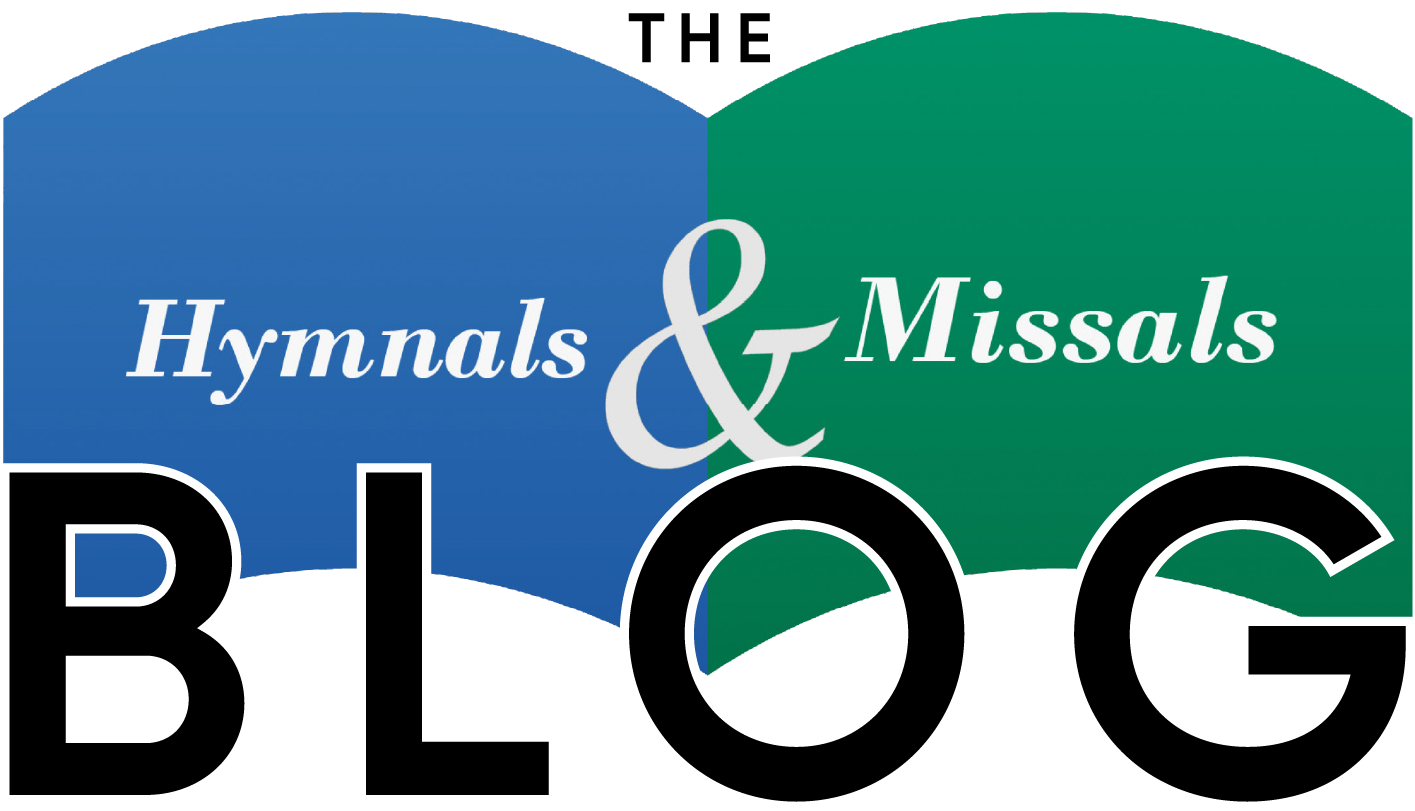Planning is one of the most important things we do as pastoral musicians. There are a lot of factors to consider and if you are approaching the planning of the Sacred Liturgy with “artistic sensitivity and pastoral perspective” as instructed by the document Sing to the Lord: Music in Divine Worship (USCCB, 2007) then you are spending a significant amount of time carefully reviewing all the variables within the liturgy before making your music choices.
Fortunately, there are a wide variety of resources available to aid in this process—the most important resource being your community’s hymnal or missal. How can your hymnal or missal help you in your planning? Let’s take a look…
SEASON OR FEAST DAY
It is helpful to take into consideration the Sunday or Feast Day for which you are planning. Your hymnal or missal can be helpful in identifying the current season and/or feast you might be preparing. Your hymnal or missal will have everything in season/date order and some of our hymnals and missals include descriptions or commentaries of a particular season, rite, feast, or Sunday.
SCRIPTURE
Reading the Scripture for each Sunday or Feast Day is extremely helpful in selecting music. “Sacred Scripture is of the greatest importance in the celebration of the liturgy. …It is from the scriptures that actions and signs derive their meaning.” (Constitution on Sacred Liturgy, #24) Your hymnal (if readings are included) or your missal, are a convenient place to find the readings from the Lectionary.
In your missal, the readings are organized conveniently in calendar date order (for daily reading citations refer to the back of your missal). This makes finding the readings for each Sunday or Feast Day very easy to access. In addition to the First Reading, Responsorial Psalm, Second Reading, and Gospel, you also get the verse for the Gospel Acclamation.
If you subscribe to Seasonal Missalette or We Celebrate, before the first reading you will find a commentary on the scriptures that can help you identify images or topics that are reflected in some of the hymns and songs found in your missal.
Long-term hardbound hymnals may also have the readings; however, they are found in the back of your pew edition (with readings only). They are found in the Lectionary section, are in liturgical calendar order starting with the Advent Season and are organized by Sunday or Feast Day. Each Sunday has the year A, B, and C readings including the responsorial psalm. For example, the First Sunday of Advent has the readings and responsorial psalm for Year A, followed by Year B, and then by Year C.
GIA’s hardbound hymnals also have informative commentaries before each liturgical season and before each of the Rites (Rite of Christian Burials, RCIA, Baptism, etc.) and include the rubrics from the Roman Missal.
ORDER OF MASS
The Order of Mass is another valuable planning resource found in your hymnal or missal. This “structure” can help guide you as to what music is needed, where it belongs, and whether it is an acclamation, psalm, or hymn/song. For instance, the Order of Mass begins with the Introductory Rites. Within this rite you will determine what Entrance Song will be used, if you will use a musical setting of the Act of Penitence or Sprinkling Rite, and what setting of the Gloria will be sung.
Your hymnal or missal includes multiple musical settings of the acclamations used during the Sacred Liturgy. Having access to these settings is not only convenient for planning, but choosing a mass setting from your hymnal or missal ensures that your congregation can engage in full, conscious, and active participation.
PRAYERS
The texts of the prayers within the Sacred Liturgy are also an important tool for planning. In your missal you will find the texts for the Eucharistic Prayers and Presidential Prayers. Unfortunately, these prayers are not found in your hardbound hymnal. GIA offers other resources that you can pair with your hardbound hymnal that gives you convenient access to these prayers like Sunday’s Word or Liturgy of the Word.
TOC/INDEXES
One of the most valuable features of your hymnal or missal when planning the Sacred Liturgy is the Table of Contents and the Indexes.
In your hardbound hymnal the Table of Contents (TOC) gives you information on where to find the important sections of your hymnal. It includes Liturgy of the Hours, Psalms and Canticles, Rites of the Church, Mass, Hymns and Songs, and the Lectionary (if you’ve chosen a hymnal with readings). The TOC found in your missal isn’t as robust but is equally helpful.
The indexes are and amazing planning resource. In your hardbound hymnal you have multiple indexes that can include Scripture Passages Related to Hymns, Liturgical Index, Topical Index, Index of Composers, Authors, and Sources, Metrical Index, Tune Index, Index of Service Music, Psalm Refrains Set to Music, and Index of First Lines and Common Titles.
These signature GIA indexes can help you find appropriate music for the Sacred Liturgy whether you want to reinforce a scripture passage from the Lectionary; enhance a ritual, gesture, or movement within the liturgy; or express the spirit of the Liturgical Season.
CONCLUSION
While your hymnal or missal is a convenient and indispensable planning resource, GIA has several online options to support your hymnal or missal when planning the Sacred Liturgy. You should be sure to check out GIAPlanner.net, Liturgyhelp.com, Choral Music Planning, and the Soundboard Planning Pages. Be sure to visit giamusic.com to find other reference books on preparing the Sacred Liturgy.
Here are some helpful links…
https://www.giamusic.com/store/liturgy-planning-resources
https://soundboard.giamusic.com/planning-pages/

Coming next time…
Hymnal Missal Buyer’s Guide: What is it and How Do I Use It?

